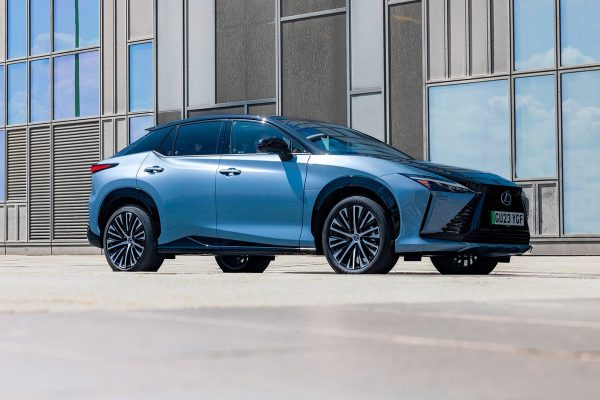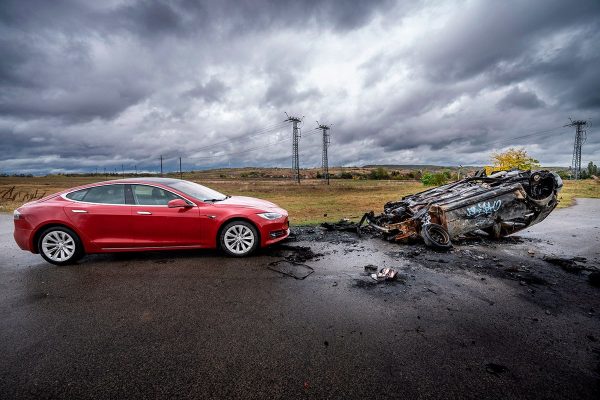What is the car industry doing to prevent hacking?
For the automotive industry, this is a very important event and shows that protection is needed even sooner than previously planned. Five years ago, the auto industry did not consider as a near-term problem.
This view has changed—especially since the research in 2013 by UCSD and University of Washington showed that wireless hacking of vehicles was possible. The report by Senator Edward Markey on earlier in 2015 increased the urgency at most OEMs to add hacking protection for connected car systems. He, along with Senator Richard Blumenthal, introduced a bill yesterday in Washington on the subject.
NHTSA started a research project several years ago and is expected to release guidelines on what the auto industry needs to do about . Other organisations, such as Southwest Research Institute, also have research into automotive .
Most auto OEMs are also increasing their effort for future systems. Additionally, there are now products from companies that the OEMs can use for better protection.
The main impact is that will be one of the toughest challenges that the auto industry will face in the next decade or two. This event shows that the auto industry needs to add protection as soon as possible and this must start with a thorough review of existing connected car systems and update these when problems are found.
The growth of software Over-the-Air (OTA) is also likely to increase with updates becoming an important reason to add OTA. These OTA systems already have built-in and choosing OTA-vendors is likely to include their capabilities. Note that IHS Automotive is currently working on an OTA report for customers to be available later this summer.
8.25m cars will be connected by 2022
IHS Automotive forecasts that more than 82.5 million autos worldwide will be connected to the Internet by 2022, more than three times the 26.5 million connected cars this year. In seven years, 78 percent of the cars sold globally will be connected, up from 30 percent now, according to IHS.
Long-term, it will be required for all cars that have any connection to any device—especially Smartphones. In principal, the solutions are straightforward, but the details are exceptionally difficult.
Each connected car needs perimeter cyber protection and operational cyber protection. Perimeter protection is needed for all wired and wireless access points that check and ensure any data, software or other contents are safe and come from a legitimate source. Operational security is needed because perimeter security will never be 100% secure.
These solutions include layers of hardware and software-based solutions that receive increasing capabilities as the potential hackers gain expertise in how the auto electronics systems work.
It will become a major challenge for the auto industry and solutions are long overdue. The auto industry is adding , but the question is whether it is fast enough to avoid major incidents.
Fortunately, there is not a compelling business model for hacking into cars that will generate revenue for the typical hacker—at least not yet.
Indeed, the car can be a lethal weapon for disruption and destruction, but this falls into cyber-warfare categories and could cause very serious events, but is not expected to be what the vast majority of hackers will do. The auto industry can strengthen this point by adding solutions that make it more expensive and time-consuming to be successful and thus lowering the desirability or profitability of hacking cars.







